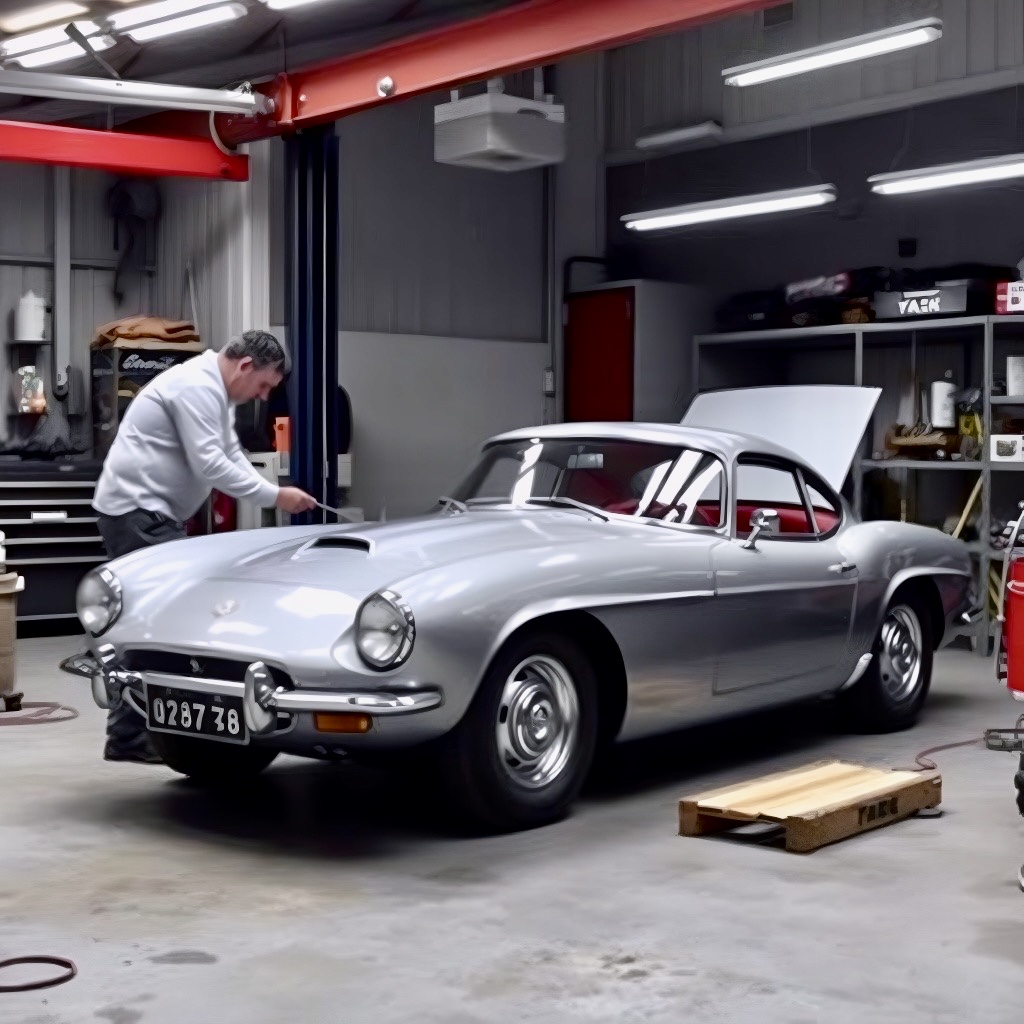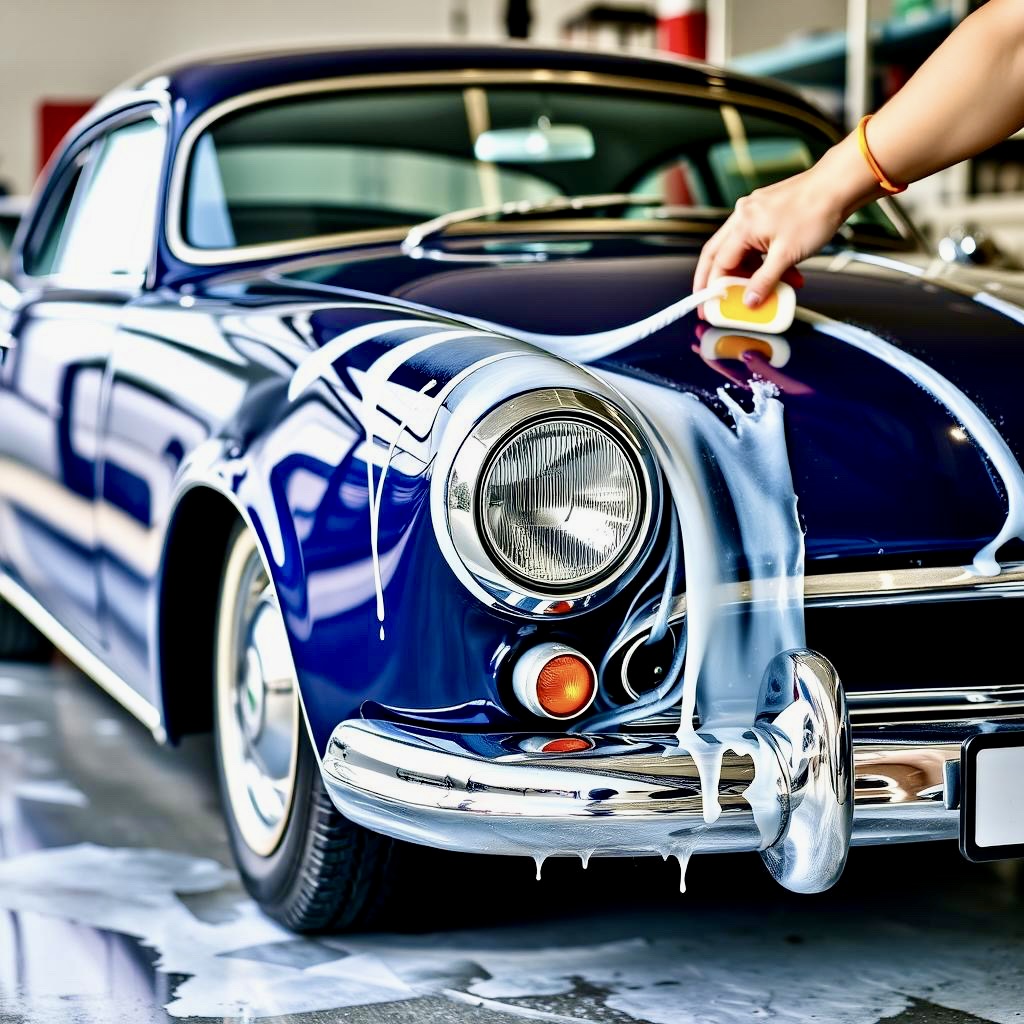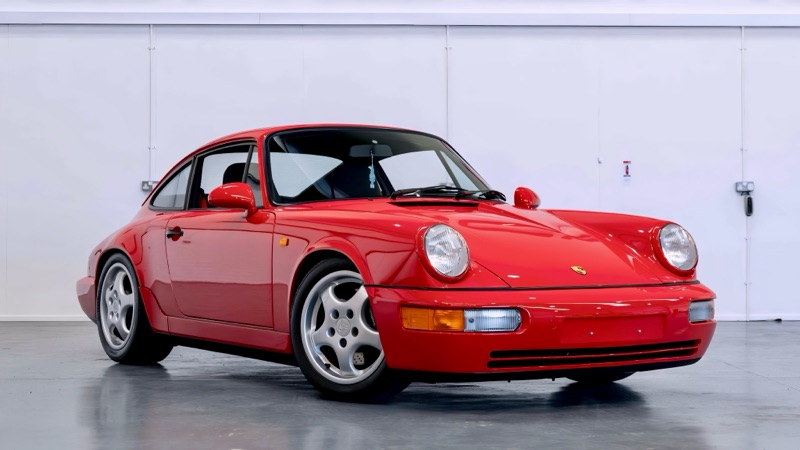Classic Car Maintenance Tips for Long-Term Value
- Get link
- X
- Other Apps
Preserve the value of your classic car with expert maintenance tips.
From storage and detailing to engine care, learn how to keep your vintage vehicle running—and appreciating—for decades.

Introduction: Why Maintenance Matters for Classic Car Value
Owning a classic car is more than a passion—it’s an investment. Whether you drive it on weekends or store it in a climate-controlled garage, how you care for your vehicle directly affects its long-term value.
Neglect, improper storage, or non-original parts can reduce resale value, while consistent, smart maintenance can preserve and even increase your car’s worth. In this guide, we’ll cover essential tips to protect your classic car’s mechanical integrity, originality, and historical charm.
1. Store It Like a Museum Piece—But Drive It Like a Car

✅ Use a Climate-Controlled Garage
Humidity and temperature swings can cause rust, faded paint, cracked dashboards, and even damage to seals and rubber components. If you can, store your classic in a garage with controlled conditions—ideally between 50–70°F (10–21°C) with less than 50% humidity.
✅ Avoid Long-Term Parking Without Driving
Letting a car sit idle for months can degrade the battery, dry out gaskets, and even cause engine problems. Start and drive your classic at least once a month, even if it’s just around the block.
2. Cleanliness Is Preservation

🧼 Wash and Wax Regularly
Dirt, bugs, and road grime can destroy paint and chrome over time. Always hand wash with pH-neutral car shampoo and dry with a microfiber towel. Use quality wax every 3–6 months to protect the finish.
🪞 Pay Attention to the Undercarriage
Moisture and road salt (especially in winter regions) can lead to hidden rust. Use a hose with an undercarriage nozzle to rinse after every drive—especially if you’ve been on damp or salty roads.
3. Maintain Originality When Possible

🔧 Use OEM or Period-Correct Parts
Collectors and buyers pay a premium for originality. If you must replace something, use OEM (Original Equipment Manufacturer) parts or authentic period-correct replacements. Save receipts and document the work.
📝 Keep Records of Everything
A well-documented maintenance history is gold to future buyers. Log every oil change, tune-up, part swap, and inspection. Include before-and-after photos of any restoration work.
4. Fluids: The Lifeblood of a Classic
| Fluid Type | Change Interval | Notes |
| Engine Oil | Every 3,000 miles or once a year | Use classic car-safe oil with high zinc (ZDDP) content |
| Coolant | Every 2 years | Flush system to avoid scale and corrosion |
| Brake Fluid | Every 2 years | Absorbs moisture, can cause rust inside brake lines |
| Transmission Fluid | Every 30,000 miles or as needed | Especially for automatics or older CVTs |
| Differential Fluid | Every 30,000–50,000 miles | Often overlooked but essential for RWD classics |
5. Battery and Electrical Care

🔋 Use a Battery Tender
Modern classics and vintage vehicles alike can suffer battery drain if left unused. A battery maintainer (or tender) keeps your battery healthy without overcharging it.
⚡ Check Grounds and Wiring
Old wiring can become brittle or corroded. Check connections annually, especially the ground wires, which are a common cause of electrical gremlins in vintage cars.
6. Tires, Suspension & Rubber Care
🛞 Tire Inspection
Even if tread looks fine, tires older than 6 years can become dangerously brittle. Replace them if you notice cracking or dry rot.
🧰 Grease Suspension Components
Many older classics require regular greasing of suspension parts. This includes tie rod ends, ball joints, and steering linkages.
🧽 Protect Rubber Seals
Use rubber conditioner on door seals, window gaskets, and weather stripping to prevent them from cracking and shrinking.
7. Start-Up and Driving Tips for Classic Cars
- 🔑 Let It Warm Up: Start the engine and allow it to idle for 2–3 minutes before driving.
- 🚗 Drive, Don’t Just Idle: Driving lubricates internal engine components and keeps fluids cycling.
- 🛠️ Don’t Over-Rev Cold Engines: Older engines expand as they heat up—revving cold can cause excessive wear.
8. Seasonal Tips for Classic Car Owners
❄️ Winter Storage
- Add a fuel stabilizer to prevent ethanol breakdown
- Inflate tires to recommended pressure to avoid flat spots
- Place the car on jack stands or tire cradles
- Use a breathable car cover to protect the paint
☀️ Summer Driving
- Keep an eye on the cooling system—older radiators and hoses can overheat easily
- Avoid idling for long periods in traffic on hot days
9. Detail the Interior Like a Pro
- 🪑 Use leather conditioner to keep seats supple and crack-free
- 🧼 Avoid silicone sprays—they attract dust and discolor vinyl
- 🌬️ Clean air vents and dashboard crevices with a soft brush and vacuum
10. When in Doubt, Ask the Pros
Not all mechanics are familiar with vintage engines or carbureted systems. Find a classic car specialist in your area, or join a marque-specific club or forum for tips and mechanic recommendations.
Final Thoughts: Maintenance Is the Real Investment

While the market value of classic cars may fluctuate, well-maintained examples always rise to the top. Whether you own a 1960s Mustang or a JDM icon like the Nissan Skyline GT-R, smart maintenance will help your car retain its beauty, function, and value for decades.
Classic cars are mechanical art—and like any masterpiece, they need regular care to survive and thrive.
- Get link
- X
- Other Apps
Comments
Post a Comment